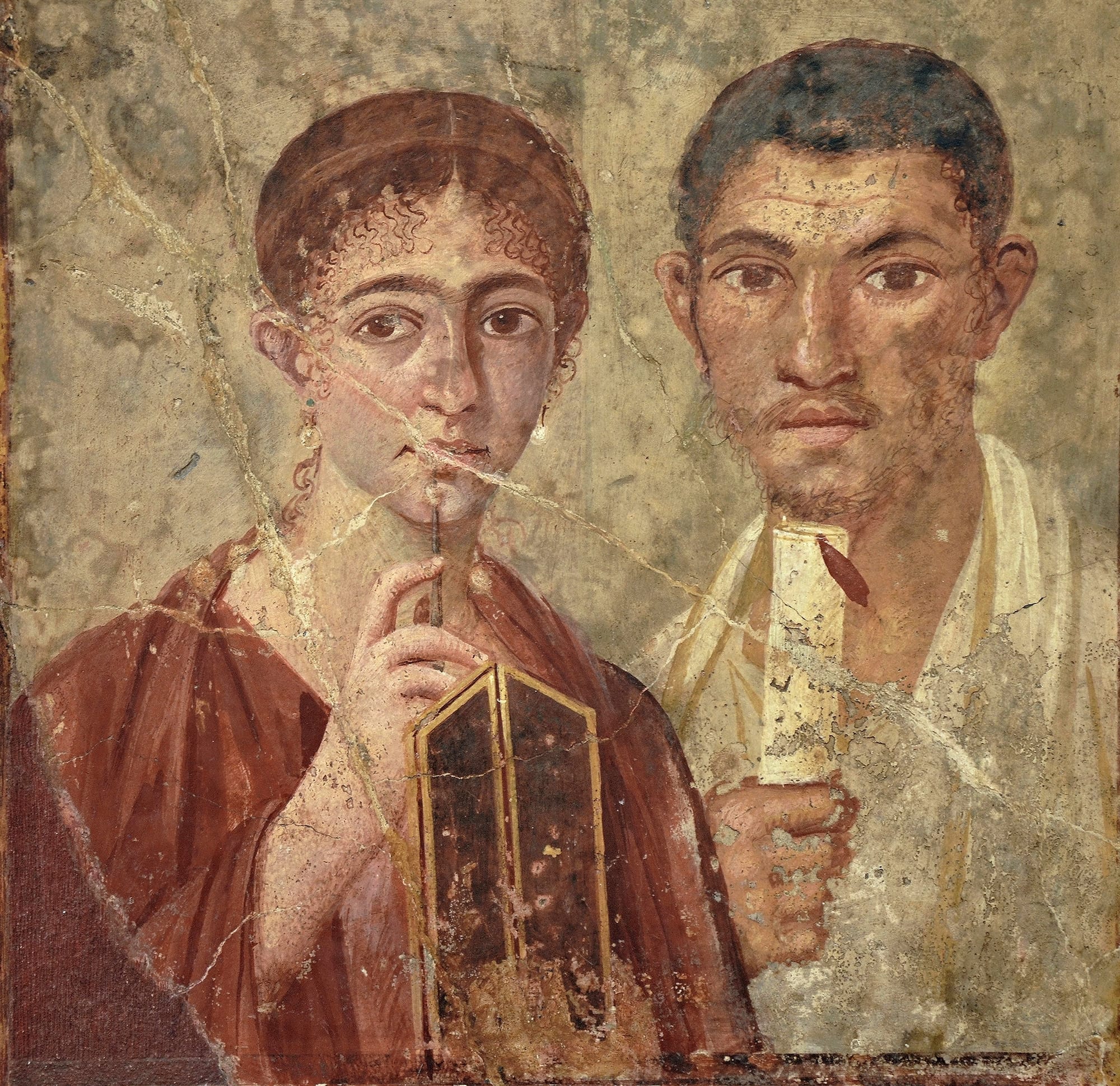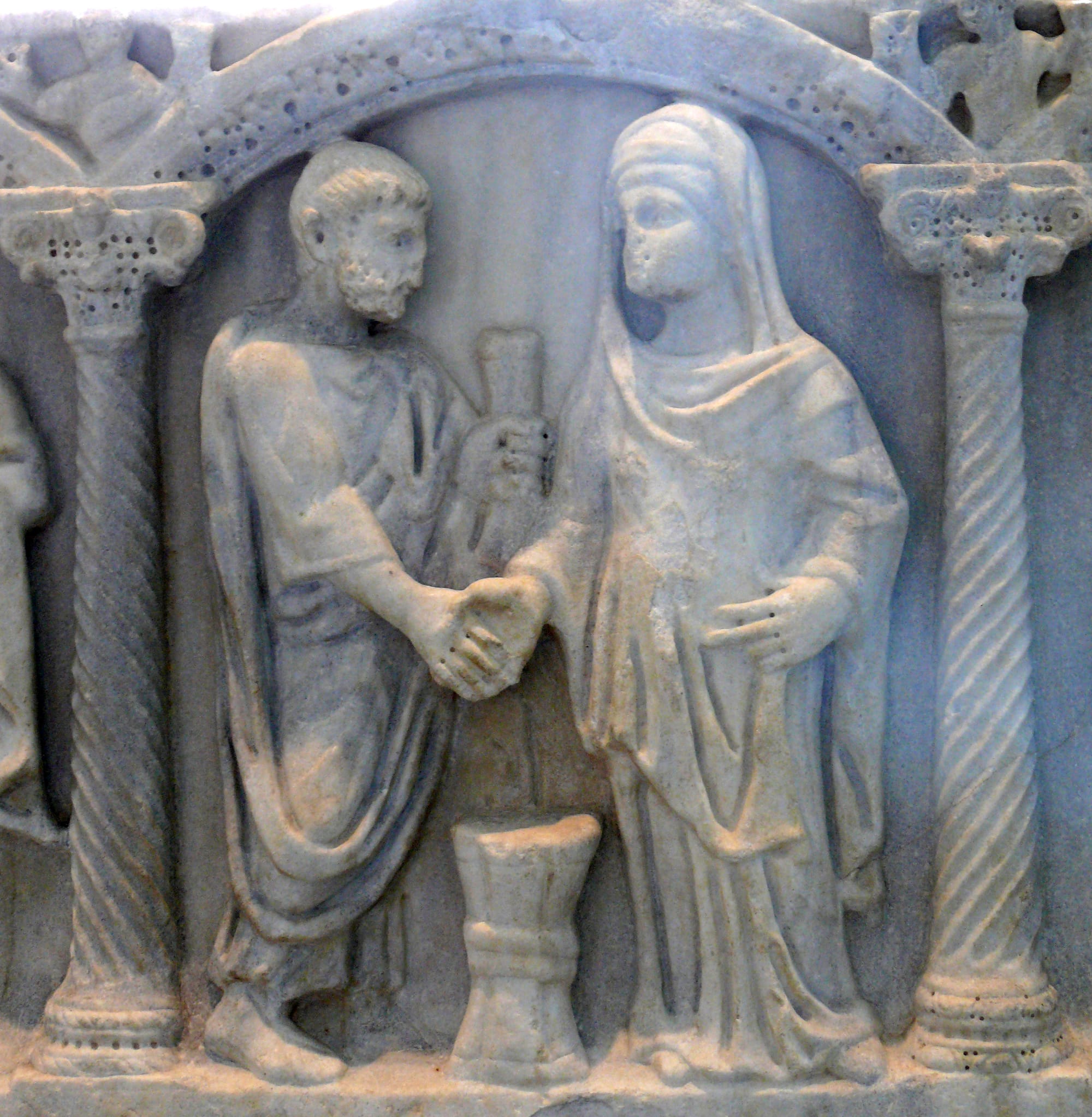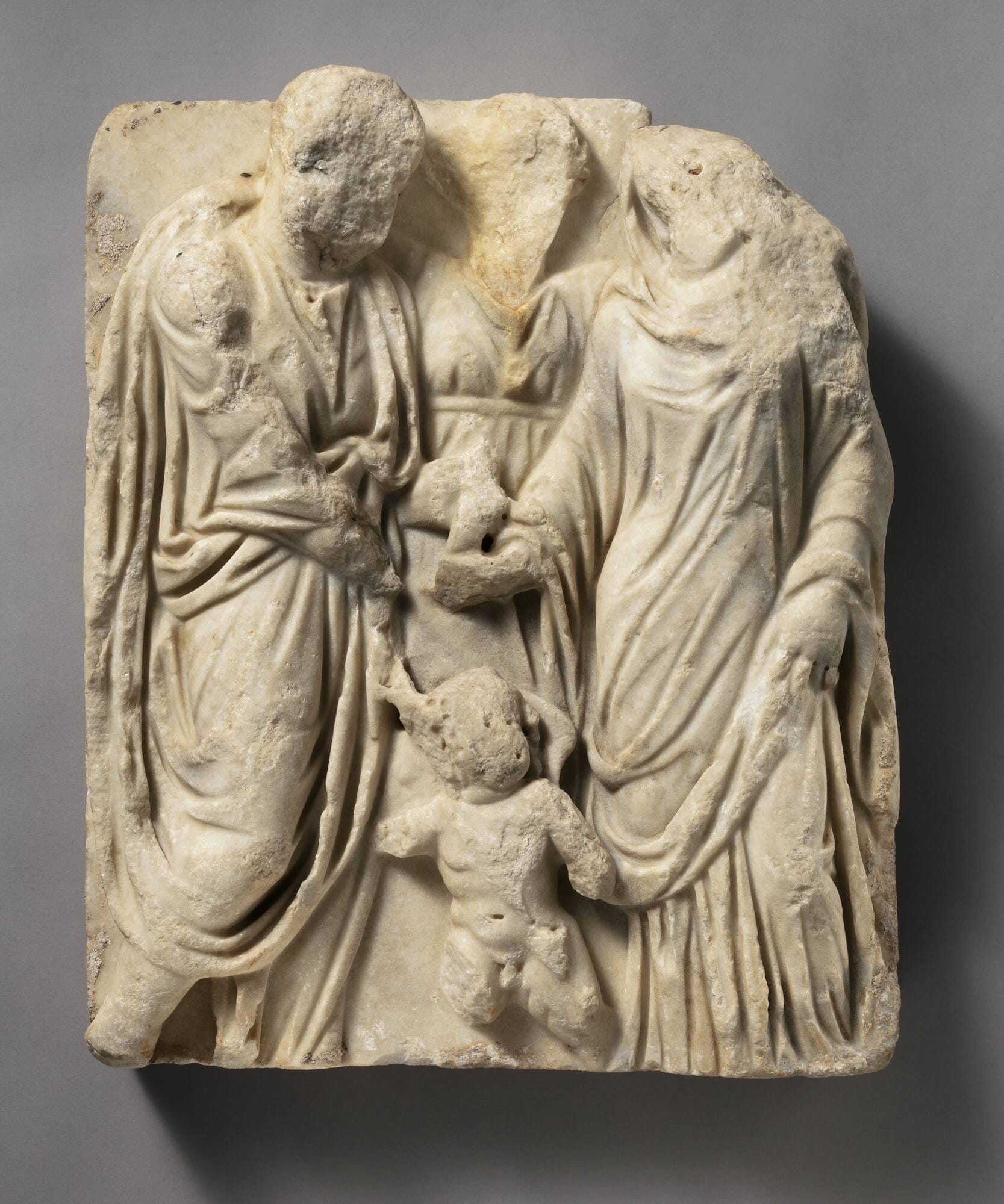Marriage and Separation in the Roman Empire: A Historical Perspective on Divorce
Divorce was as easy as marriage in ancient Rome. No typicalities, no red tape.

Divorce in the Roman Empire was relatively common and socially accepted compared to many other ancient cultures. It was an option from the inception of Roman customary law.
Initially, a husband could divorce his wife for serious marital faults like adultery. By the time of Cicero, marking the start of the classical period of Roman law and when our sources become more comprehensive, marriage had transitioned from its early patriarchal roots, allowing either husband or wife to initiate a divorce.
What was marriage like in ancient Roman society?
Roman marriage was informal, relying solely on the spouses' mutual intention to be married. This often made it challenging to differentiate a wife from a concubine. In the 5th and 6th centuries, lawmakers tried to introduce obligatory markers like public weddings, dowries, or written contracts, but these were imperfectly implemented and mainly affected the upper classes.
The minimum legal marriage age for Roman girls was twelve, though most women in the Mediterranean region married in their late teens, while men typically waited until their late twenties. Both parties and their fathers had to consent to the marriage, although the young bride's consent was often assumed. First marriages were usually arranged by parents based on practical considerations.

Types of Roman Marriages
In ancient Rome, there were two forms of marriage: cum manu and sine manu. In a cum manu marriage, the wife came under the legal control of her husband. In a sine manu marriage, the wife remained under the legal control of her father.
In a manus marriage, a woman had no property of her own. Everything she owned before marriage became her husband's property, and anything she acquired during the marriage also belonged to her husband, or to his father if he was still alive. This included any items or property bequeathed to her in a will.
As Nathanya den Hamer, in her Ancient History Master Thesis, “Roman Women’s Rights in Divorce and Custody” discusses, in the early period of Roman marriage, there were three distinct forms, each involving manus. In these marriages, a woman was transferred from her own family to that of her husband, coming under his authority, which differed from the patria potestas (the power of her father). In a manus marriage, she had the right to call herself mater familias. Wives not in a manus marriage did not have this right.

The three ways to enter a manus marriage were:
- Confarreatio: This was the oldest form of Roman marriage, where the woman came under manus through a nuptial ceremony. This ceremony involved a sacramental loaf made of far (spelt) and a sacrifice to Jupiter. Confarreatio was mainly reserved for the patrician class, as it required the presence of the Pontifex Maximus, the Flamen Dialis (the priest of Jupiter), and ten witnesses. It was one of the two forms of marriage that required the ceremony itself to make it legal.
- Coemptio: In this form of marriage, the husband "bought" the wife in a formal transaction, symbolically purchasing the right of manus over her. This transaction transferred the woman from her own family to her husband's family, removing her father's patria potestas over her and giving her husband (or his father, if still alive) manus over her. The ceremony required the pater familias to hand over the woman to her bridegroom in the presence of witnesses. Although coemptio involved the concept of selling and buying, no actual money was exchanged. A dowry was often paid by the bride’s family to the groom’s family.
- Usus: The least formal of the three, usus required no ceremony. A valid marriage was established if a woman lived as a man’s wife in his house for one year, after which she became part of her husband's family without further formalities. However, to prevent the husband's family from gaining manus over her, the woman or her father (who still had patria potestas over her) could ensure she left her husband's house for three days within the year. This would reset the one-year period, preventing the acquisition of manus.
By the time Cicero was alive, it had become rare for women to be in marriages involving manus. Free marriages, which did not include manus, had taken their place and were already common by the third and second centuries BC, when the prerequisites changed. For example, both the man and the woman, had to be free and be Roman citizens. But if the couple was closely related, the marriage was forbidden.
Age also played a significant role: the boy should be at least 14 and the girl at least 12. The sole purpose of the marriage institute in Rome was having children and the only requirement was consent; not only from the couple but from their fathers too, provided of course that they were alive. If not, the couple could decide on its own.
The important thing is that the father’s consent was more important for the girl than the boy. While a father could withhold his consent for a marriage, he could not force his son to marry his chosen bride. If the son firmly refused the marriage, the father had no legal recourse. This allowed the son some freedom to make his own decisions or at least block an unwanted marriage without needing to provide any reasons.
The situation was different for a daughter whose father was still alive. She could refuse her father's choice of husband only if the choice was morally objectionable. Otherwise, if she did not explicitly object, it was assumed that she consented to and agreed with the match.
The law provided little leeway for avoiding marriage without facing penalties. This law applied to all men between the ages of twenty-five and sixty and required women to be married between the ages of twenty and fifty. Widows or divorced individuals were required to remarry within two years.
Roman marriages remained largely unchanged in structure during the later Roman Empire, but attitudes towards marriage underwent a significant shift. In 320 AD, Emperor Constantine repealed the Augustan law on celibacy, transforming marriage and childbearing from a civic duty into a personal choice.
The new law stated:
"Those who were considered celibate under the ancient law are to be freed from the threatening terrors of the laws and are to live as though they were among the married, supported by the bond of matrimony, and all are to have an equal right to whatever each one deserves. Moreover, no one is to be considered childless: the penalties for this shall not harm him. This also applies to women, releasing everyone indiscriminately from the burdens of the law which were placed on their necks like yokes."

What was the legal framework of divorce in ancient Rome?
The dissolution of a marriage, like its formation, was a significant social event. Divorce was achieved through the intentional and permanent (not merely temporary) interruption of conjugal life. A marriage could be ended at any time by mutual, informal agreement or simply by the declaration of one spouse.
Initially, divorce was reserved for serious marital issues such as infertility, adultery, drunkenness, or the unauthorized copying of household keys. However, a husband could divorce his wife at any time. This complete freedom to divorce, which extended to wives during the classical period, did not require any legal formalities during the Republican period.
The known repudiation formulas from legal sources were neither mandatory nor essential for a unilateral divorce. Prenuptial agreements or penal stipulations that limited or excluded the possibility of divorce were considered void.
In practice, the spouse seeking a divorce typically informed the other spouse orally, in writing, or through a messenger. If spouses were under patria potestas, their fathers had the right to dissolve their marriage. A wife under legal marital power (manus) could also end a marriage by repudiating her husband, although she would remain under his manus but no longer as his wife. (Rafael Domingo, The family in ancient Roman law, Universidad de Navarra, 2017)
"To divorce, one or both parties to a Roman marriage simply had to consider themselves no longer married. It was deemed advisable to notify the other party, but not legally required that one do so. No public authority was involved."
Stanford University classics Professor and author of Roman Marriage, Susan Treggiari

Christian emperors viewed frivolous divorce as a sign of Roman moral decay and rejected the liberal concept of unrestricted divorce. They permitted divorce only on specific grounds. After a divorce or the death of a spouse, each party was allowed to remarry. There were no restrictions on remarriage for widowers, but widows had to observe a mourning period of ten months, later extended to one year, to avoid confusion about the paternity of any child born after the husband's death (turbatio sanguinis).
After a divorce, children from a legitimate marriage remained under the father's authority. The ex-wife could take legal action to reclaim her dowry, though the husband could retain part of it if the divorce was due to the wife's fault or her father's instigation, or if the dowry was needed for the maintenance of their legitimate children.





About the Roman Empire Times
See all the latest news for the Roman Empire, ancient Roman historical facts, anecdotes from Roman Times and stories from the Empire at romanempiretimes.com. Contact our newsroom to report an update or send your story, photos and videos. Follow RET on Google News, Flipboard and subscribe here to our daily email.
Follow the Roman Empire Times on social media: